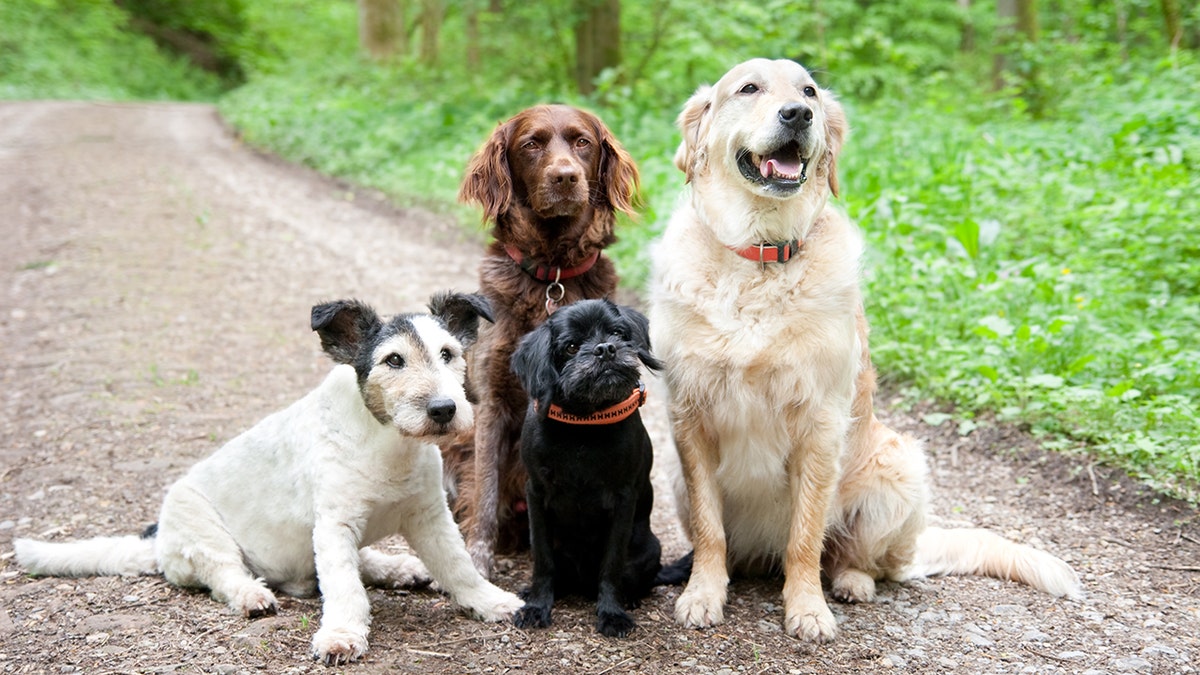Dr. Marc Siegel on the diagnosis, symptoms and treatment of pancreatic cancer
'Jeopardy!' host Alex Trebek reveals he has stage 4 pancreatic cancer.
The science of cancer detection has taken some unusual turns lately. A new study from a Florida lab appropriately named BioScentDx, presented this week at the American Society for Biochemistry and Molecular Biology, found that four beagles could sniff out lung cancer from human blood samples with 97 percent accuracy.
Dogs have incredibly sensitive smell receptors. These findings along with the findings of previous research are leading to artificial noses using canine scent detection to sniff out cancer. At the same time, the dogs are performing another service by identifying cancer biomarkers in the blood that signal the presence of cancer.
Besides lung cancer, another cancer that is difficult to diagnose early is ovarian cancer, which is deep in a woman’s body. At the University of Pennsylvania, using tumor specimens donated by cancer victims, researchers are putting dogs to work to sniff out cancer.
HOW NEW CANCER 'VACCINE' FIGHTS TUMORS THROUGHOUT THE BODY
“The reason dogs are so much better than humans (in detecting cancer) is because dogs have an ability to do what I describe as smell in color,” Dr. Cynthia Otto, director of the Working Dog Center at the University of Pennsylvania School of Medicine, told me in an interview. “They look around the room with their nose the same way we look around the room with our eyes. And they can smell each individual component.”

The next step in the process, which takes place at the Monell Chemical Senses Center at the University of Pennsylvania, is to narrow down through analytical chemistry exactly which volatile odors -- from cancer -- the dog is smelling.
The researchers do this by using gas chromatography and mass spectroscopy -- along with trial and error. This information is then used in the construction of an electronic sensor -- or artificial "nano-nose" -- that may one day be used in the doctor’s office to diagnose ovarian cancer earlier, when the tumor is still small enough to remove.
When ovarian cancer is found early, more than 90 percent of patients survive after five years. It is taking an unlikely team of scientists to accomplish this goal of early detection: a dog expert, a renowned chemist and cancer specialists.
CLICK HERE TO GET THE FOX NEWS APP
Bats and dolphins -- and their use of echoes in the wild -- led to the development of the ultrasound. Now it’s the turn of man’s (and woman’s) best friend to lead to better detection of cancer.
In the near future, before you ever see a CT scan or MRI, a mechanical nose will be sniffing your blood samples to look for identifiable clues. When a dog wags his tail, it may mean he is smelling something he likes. When the mechanical nose alarms, it will mean it is smelling something it doesn’t.

